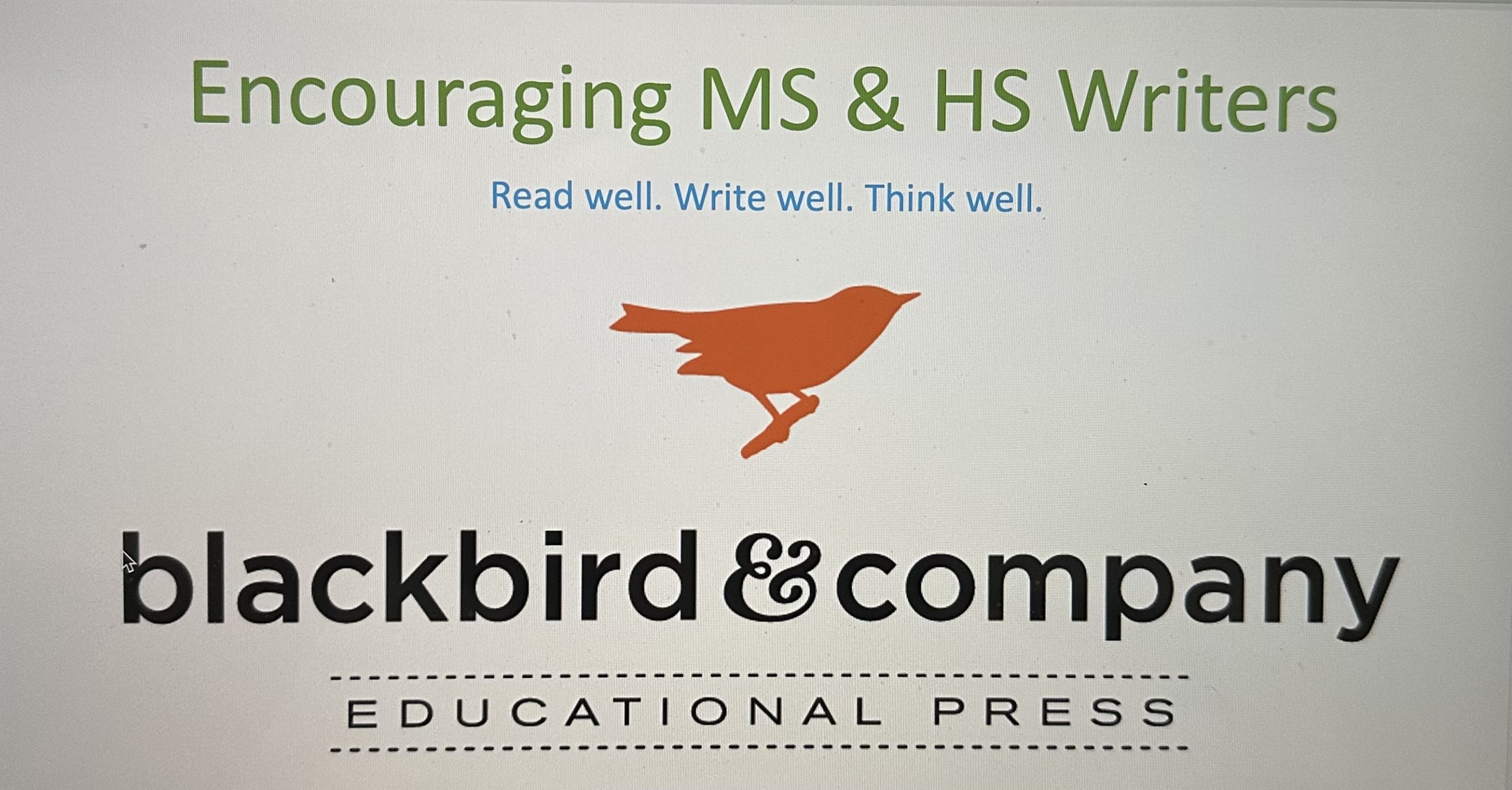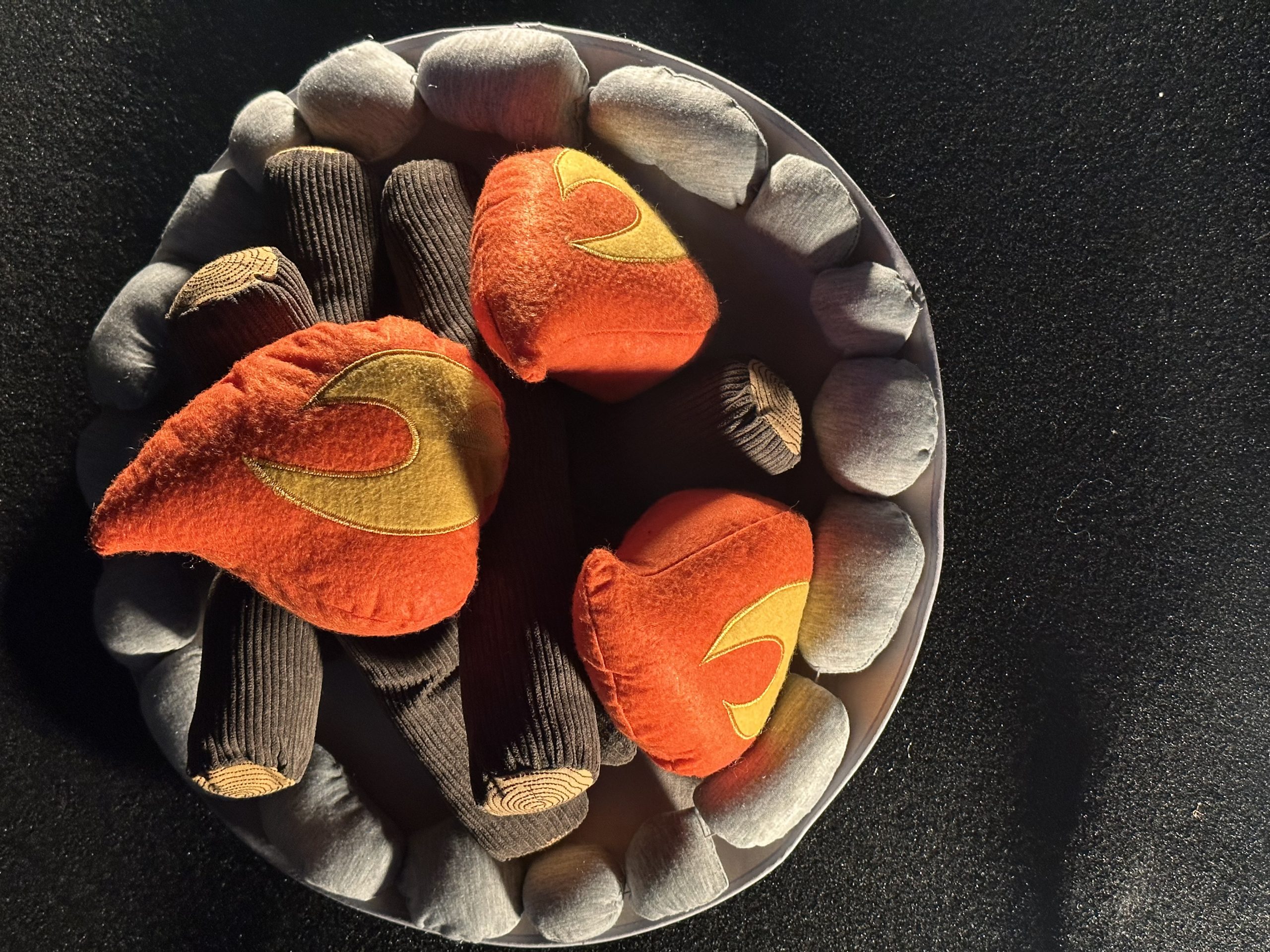
To LIBERATE is to be free from a state or situation that limits freedom.


Students using our Middle School ELA Grade Level Collections will be exploring essay form, enhancing vocabulary, and being introduced to advanced rhetoric in addition to the CORE units. Students at this level have developed confidence in the expanded form of idea-making, are crafting clever Hook openings with unique voicing, and are moving into the territory of unencumbered idea making!


When students move to the high school level, each week, in addition to journaling observations character development, themes, symbols, and motifs, they are encouraged to craft a synopsis and a personal reflection to help them timk deeply about the story at hand in preparation for the crafting of a literary essay. 

Each culminating essay follows the same form introduced in middle school, so that the writer is now prepared to craft original observations and ideas tied to complex literature constrained to the particular literary form.

~Kimberly



Writing with a pencil by hand is a foundational skill. But it’s also a beautiful endeavor. I have fond memories of learning to form the ABCs in cursive. This work was quiet, slow, and mysterious. Yes, mysterious. My grandmother, who raised me, wrote little notes by hand and left them in various places around the house to my great delight. Her cursive was one of a kind, a lovely extension of her loving self. It was not like any other by-hand note I’ve ever encountered in life. That’s the thing about penmanship. Penmanship is personal.
An essay by definition is an attempt or endeavor. An essay is an exploration of an idea, a meandering journey like following a river. An essay is an opportunity to simultaneously explore an idea and to navigate your reader through its wonder. Great essays have the power to encourage, empower, and enlighten. For this reason essay writing should never be treated as a mechanical endeavor, but rather, a pathway for the writer to communicate the depths of the heart and mind.
BIG ideas can be communicated through a range of forms. The essay is a specific form. But often students hear the word and suddenly experience writer’s block! Some become frozen by fear. This should not be the case! Remind students, an essay is simply an opportunity to explore an idea in more depth.
Introduction to Composition: The Essay, for middle school students, provides the scaffolding that will enable students to shape meaningful essays.
T.S. Eliot said: “Genuine poetry can communicate before it is understood.”
Poetry is a close cousin to visual art. Poetry is an opportunity to paint—to paint with words. Writing poetry helps students not only learn that words have specificity, but that sometimes less is more. Writing poems help students discover, when it comes to words, possibility is vast. But the best lesson learned is this: it is always better to SHOW versus tell.
Your middle school students will discover the delight of reading poetry and the craft of writing poems as they are guided through Exploring Poetry.
~Kimberly